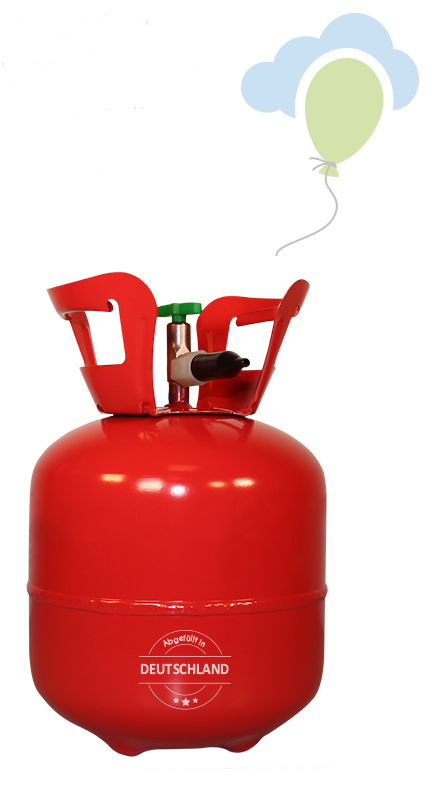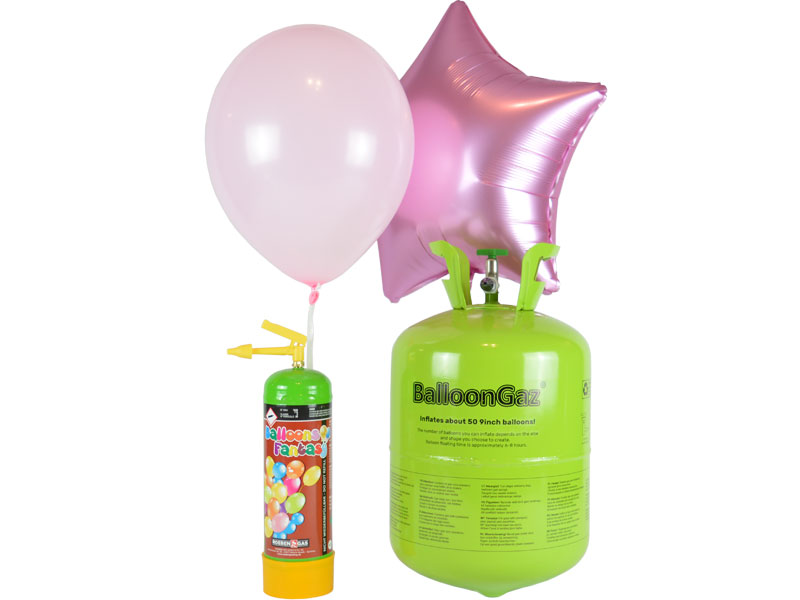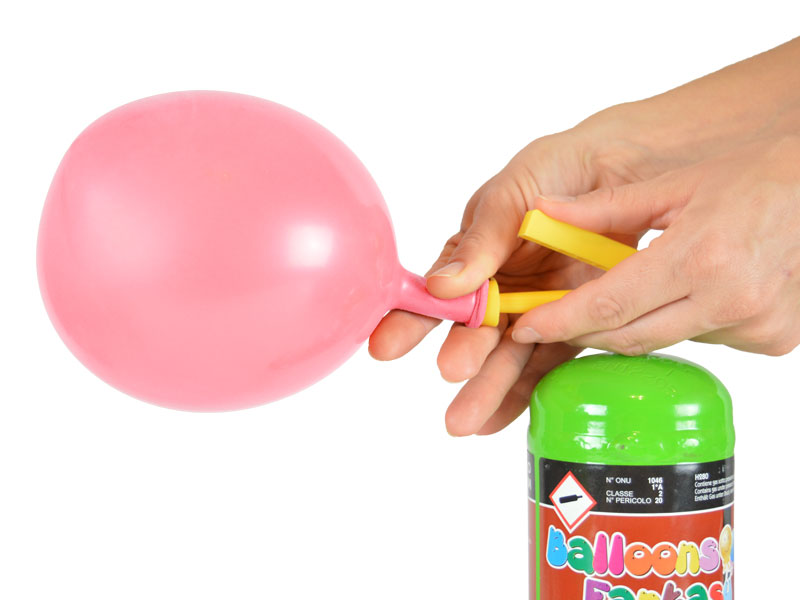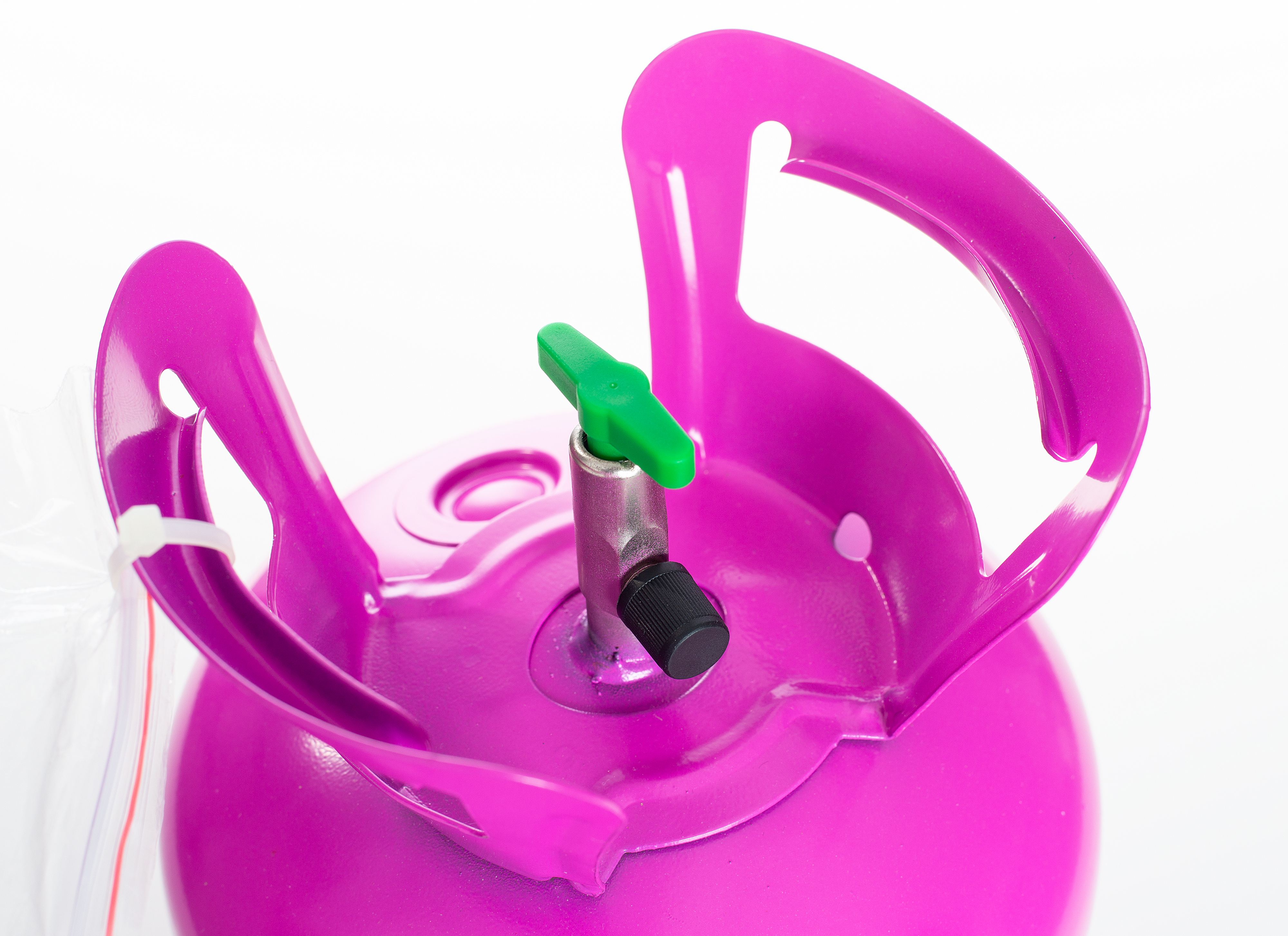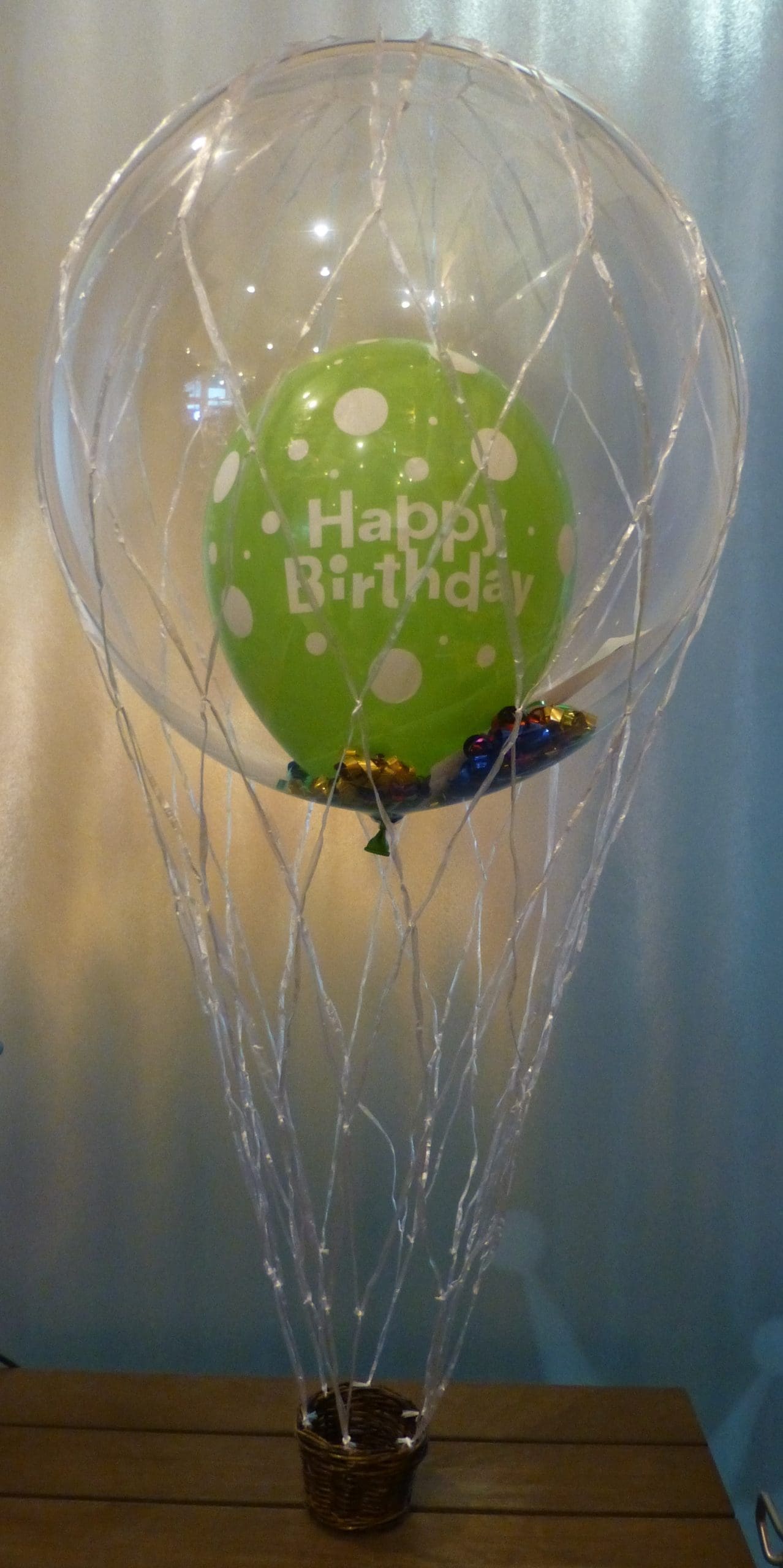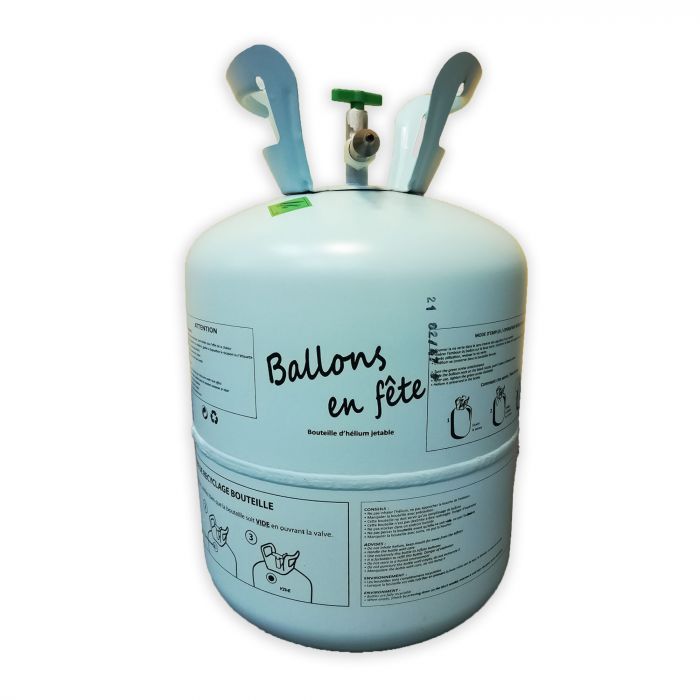
Maxi-Set 2, 100 bunte Luftballons mit Helium (gemischt) - Ballons & Helium Sets "Maxi" - Ballons & Helium Sets

EuroShop - Es ist wieder Helium-Ballon-Zeit. Die Kleinen freut's, die Großen auch. Worauf wartet Ihr also? Ab in den EuroShop, Heliumballon auswählen, füllen lassen und dann gut festhalten. Hinweis: Wir sagen es

Ballongas: Helium-Flasche für Luftballons, für bis zu 20 Ballons, mit 25 Luftballons in bunten Farben!

BETOY Luftballons Transparent 10 Stück -Schöne Deko - mit Federn zum befüllen - Helium und Konfetti geeignet - Für Party Hochzeit Geburtstag Taufe Durchsichtig Riesenballon Rosa Rund Klar (60 cm) : Amazon.de: Küche, Haushalt & Wohnen




